
My Strava profile
Garmin
Connect
I spent my whole life trying to fix my body shape, and I think the main thing was that my parents never gave me any good advice or examples. And frankly, it was mostly ignorance and trying to find some "solution on the internet". But at some point, after trying everything in the universe, from fasting to keto diets and whatever else was popular at the time, I just came across a simple solution. So here are some keys to the problem I found:
I started running in 2020, it was actually before covid times, but right on the border. But to be honest it's not really connected to the covid19 in general. At one point i just realired what i need to move out from the low mental point in my life and try to run. I have history with the sports before, in University, but it was a bit random and i can't say what it was serious. So by march of 2020 i collected critical mass of thoughts and just started - without propper shoes, without proper clothes.

What is also important, after a few weeks i bought my first cheapest watch from Garmin (i sill use it every day in 2024). And my first run i make test on 135 pulse as a reference. And now to think how these first steps are making a huge difference in my life. After some time, I tried to run in the competition in Munich and finished my 10km race in 42:50.
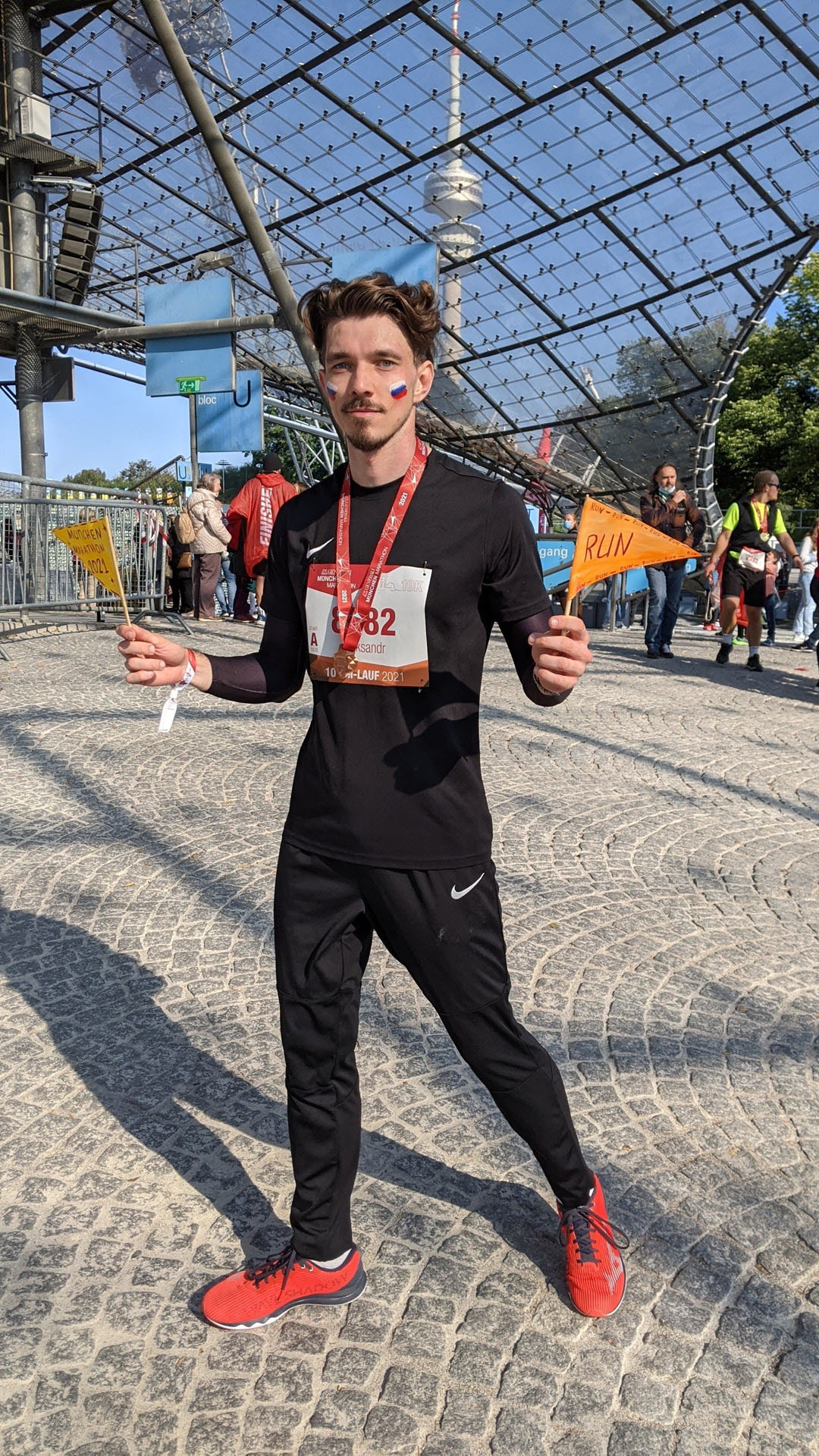
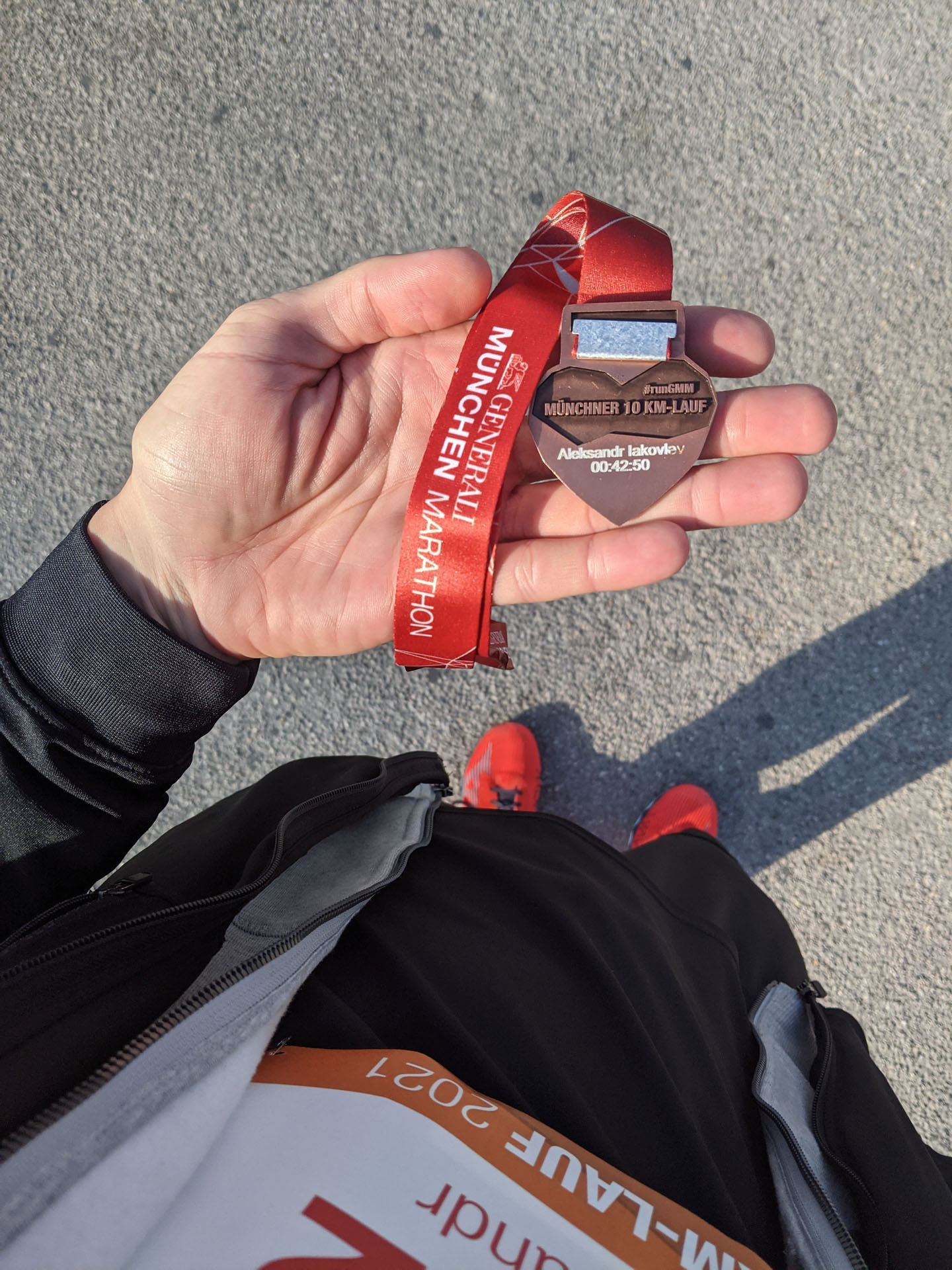
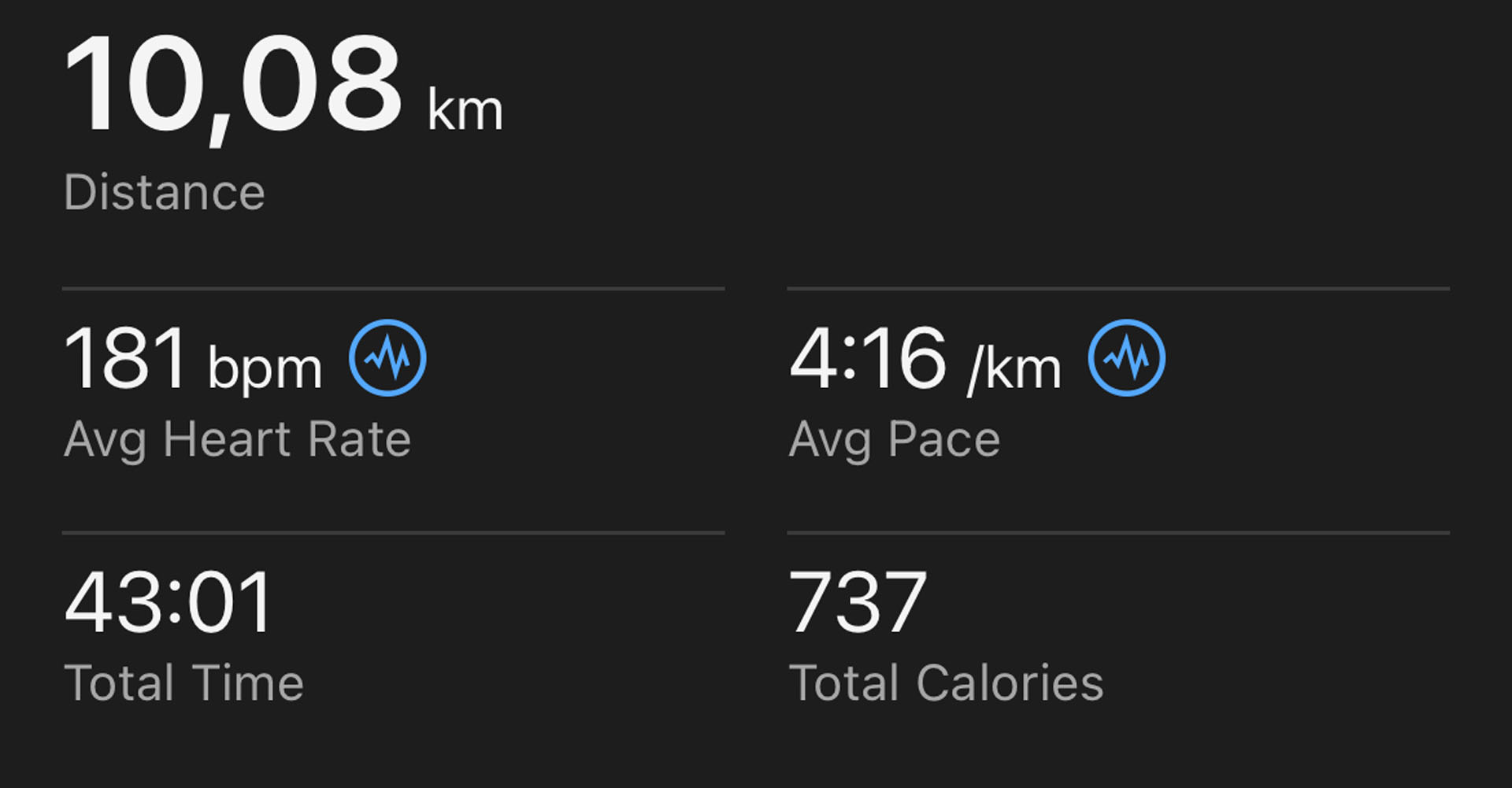
Personally, if you check my first record in 2021 in October, it's almost two years of training, I finished with the good time. But you always have to remember that it's not permanent, it's not always like this and you can definitely get out of shape and back into shape. What is important is to know your process and your procedures.
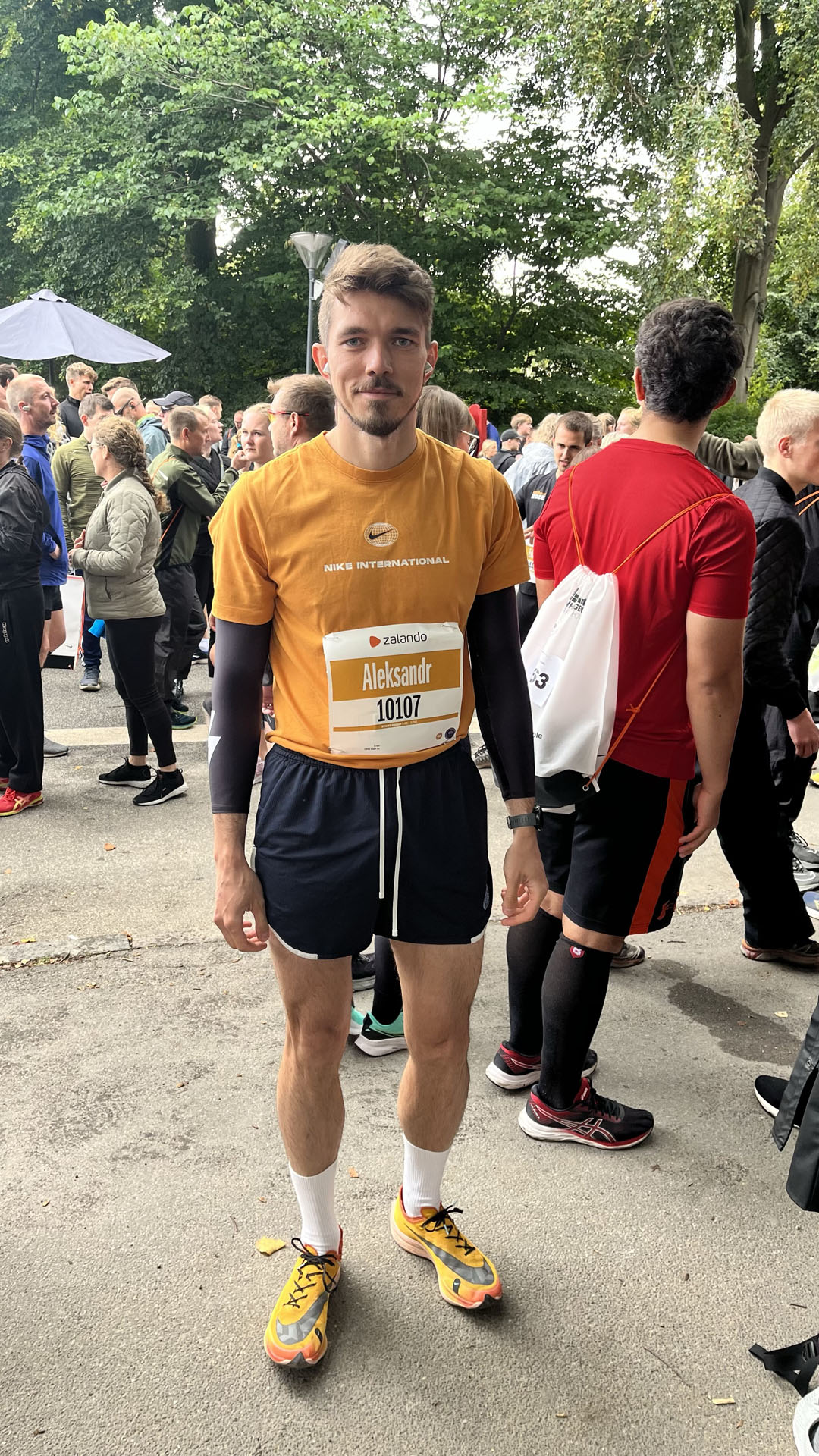
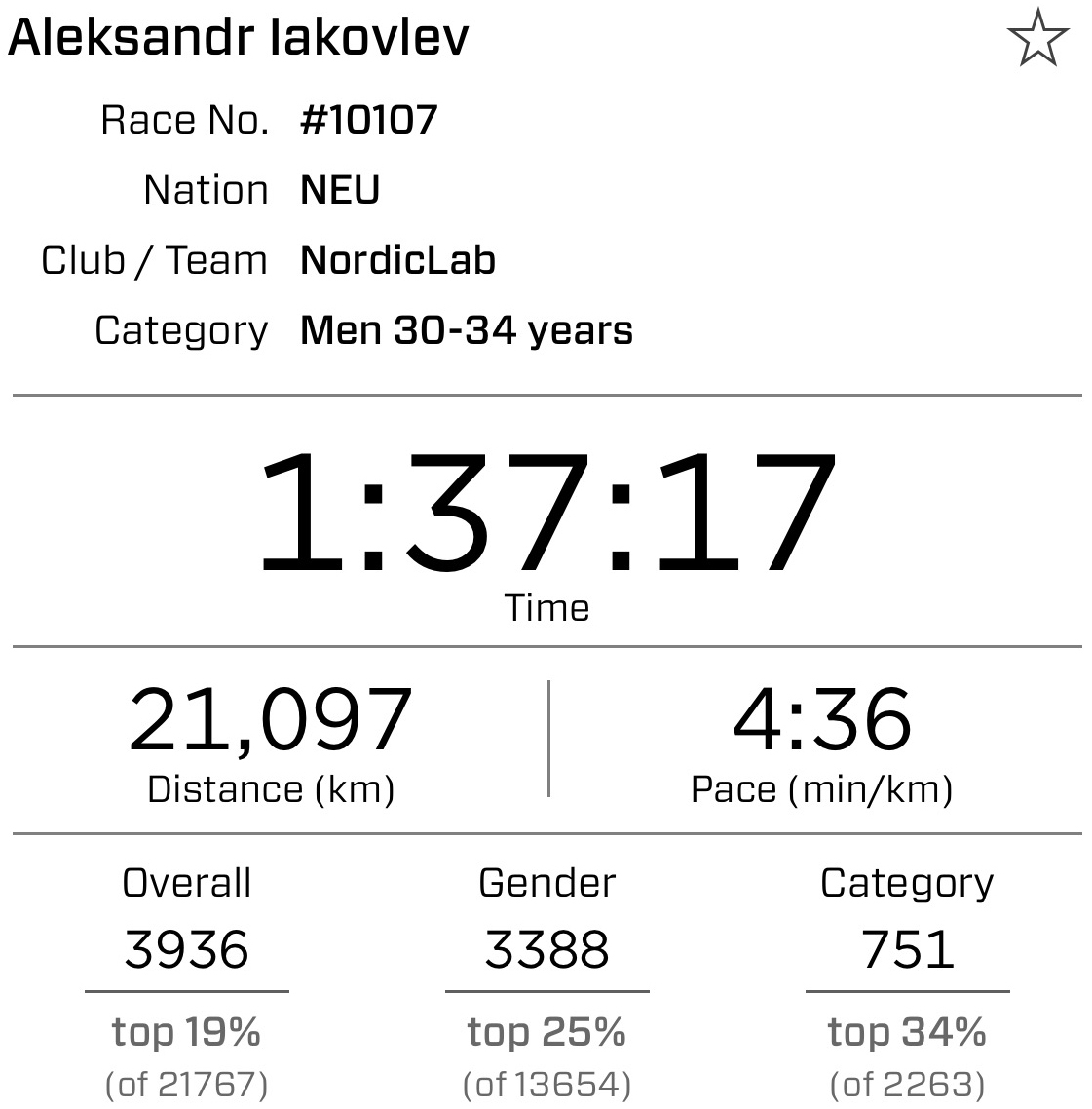
And now, many years later, I'm still running and I'm still training. And maybe one day I'll achieve my goal of running a half marathon in 1:30.
For the last few years I have been trying out different types of exercises. I started with rubber bends, then moved on to kettlebells, and now I'm excercising with a 24kg kettlebell and pushing it. For me the most consistent part has been to start with what you think is weak at the beginning. In my case it was abs, so I did simple workouts from youtube before main workout and this is usually pivoting point for me, keep main focus on piramide of importance. If running is important to you - start with running, if weight training is important - start there. It's all about consistency, so start where you can, and on your bad days, just drop or reduce the effort towards the end of the workout. This helped me stay on track for a long time.
I'll just show you what I'm still doing 3-4 times a week, full body movements only, no isolations with video from youtube and it works. Is it optimal? No, but it works and it is consistent, which is far more important in this case than being fully efficient.